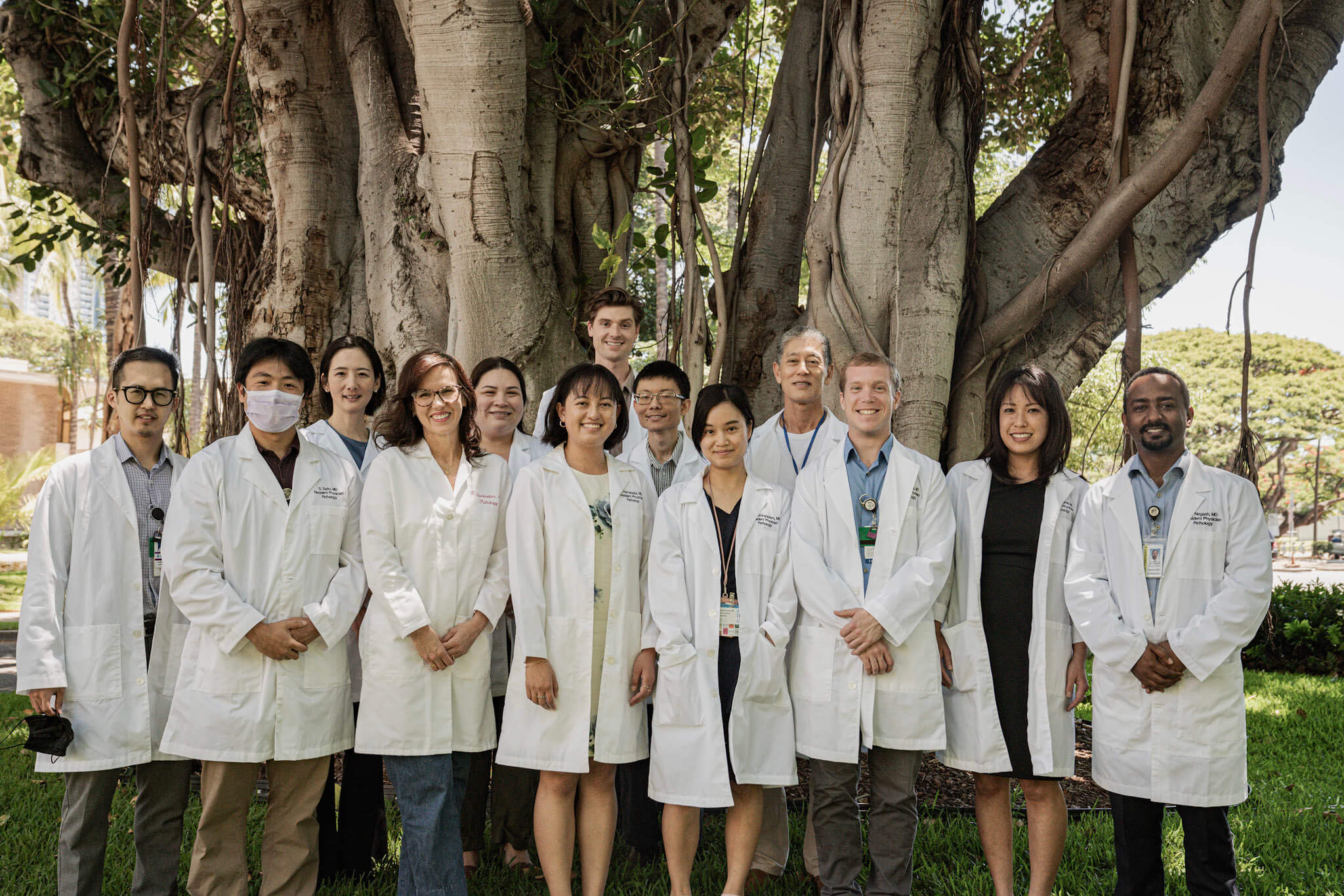Since its inception, the University of Hawaii Pathology Residency Program has been dedicated to providing an educational format that encourages clinicopathologic correlation through comprehensive curriculum and a variety of learning resources. The program’s history is marked by its commitment to a well-rounded education, preparing residents for both community and academic roles, and highlighting its unique position to offer exposure to a diverse range of cases due to Hawaii’s multiethnic population and Pacific location.
To provide a comprehensive AP and CP training, fostering the development of skilled, confident pathologists who excel in diverse professional settings through rigorous education, research, and practical experience.
We believe in a balanced and rigorous education encompassing practical experience, research, and a community-based approach, ensuring residents are adaptable, knowledgeable, and effective pathologists.
To be a leading pathology residency program recognized for excellence in education, research, and the preparation of pathologists ready to excel in a global medical setting.
About
Ours is a comprehensive and balanced AP and CP training program whose enthusiastic and dedicated faculty members include pathologists who practice and teach in a variety of laboratory settings, and represent numerous subspecialty disciplines. Our program’s many strengths include its practical and rigorous community-based nature, diverse elective offerings, and opportunities for teaching, educational travel, and research. A unique aspect to our program is exposure to tropical medicine and referred cases from the entire Pacific Rim. Graduates of our residency program go on to obtain competitive fellowships in all subspecialties, and become skillful and confident pathologists in both community and academic centers. We welcome motivated applicants to apply.
Our program offers fully accredited training in anatomic and clinical pathology. The educational format centers on the evaluation of laboratory material from individual patients with emphasis given to clinicopathologic correlation. The case study approach is augmented by providing a comprehensive, well-balanced curriculum using didactics, local and nationally recognized consultants, pathology study sets, on-line resources and reading assignments in relevant texts and journals.
Our pathology residents are expected to constantly expand their knowledge through extensive reading, frequent case presentations, laboratory bench work and case-based learning. Each resident is given graduated patient care responsibilities according to their progress and capabilities. Supervision is provided at every level by our Board Certified Faculty. Our residents are expected to develop expertise in making decisions and judgments about individual cases, learning to be an effective problem solver and becoming a consultant.
Residents at the University of Hawaii Pathology Residency Program are exposed to a broad spectrum of clinical cases not available in other regions due to the diverse multiethnic society in Hawaii and the Pacific. The training experience is also enhanced by the involvement of multiple types of institutions and practice models, including three major hospitals, private practice, military exposure, HMO’s, and institutions on the mainland.
The Program requires residents to pursue at least one relevant scholarly project during their training. With the help of pathology staff mentors, completed projects are presented to our training program, the Hawaii Society of Pathologists and national pathology meetings. Ultimately, we expect worthy projects to be published in a scientific journal.
In summary, our residents receive a rigorous and balanced experience and education.
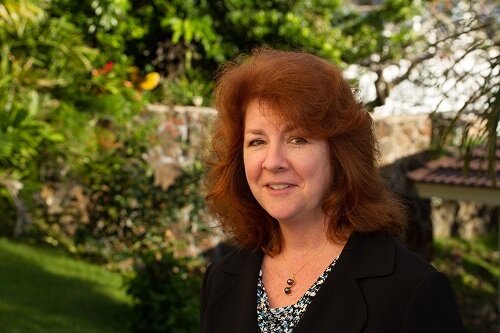
Karen Thompson, M.D.
University of Hawaii, John A. Burns School of Medicine
Department of Pathology, Professor and Chair & UH Pathology Residency Program, Program Director
Aloha and welcome to the University of Hawaii Pathology Residency Program!
Core Faculty & Staff
Program Details
Curriculum
Program-Wide Conferences:
Anatomic Pathology “Grand Rounds” Conference Series
Anatomic Pathology Interesting Cases Conference Series
Unknown Slide Conferences (including Hot Seat Unknown Slides)
Neuropathology Conferences
Clinical Pathology Conference Series
Case Forums
RISE & Board Review Conference Series
Research Conference Series
Laboratory Management and Pathology Practice Management Conference Series
Tumor Board Conference Series
Expert Pathologist (Visiting Professor) Conference Series
Journal Club
Rotation Schedule
During the first 3 years, residents are assigned rotations between one and two months in duration, balancing the experiences in both clinical and anatomical pathology for each year. During the first 2 years, there is an emphasis on acquiring basic skills and knowledge with core rotations in each area of specialty. During the 3rd and 4th years, the emphasis is on advanced training with further honing of skills and attainment of competency. The 4th year is designed with the Program Director for educational experiences in a specific area(s) of interest.
General AP/CP Curriculum (4 years)
19 months in Anatomic Pathology including:
12 months General Anatomic Pathology
4 months Cytopathology
2 months Pediatric Pathology
1 month Forensic Pathology
18 months in Clinical Pathology, including:
3 months Chemistry
4 months Microbiology
4 months Hematology
4 months Blood Bank
1 month Molecular Pathology
1 month Laboratory Management
.5 Cytogenetics
.5 Toxicology
Third & Fourth Year Combined:
11 months Electives
In addition to presenting at national conferences and submitting abstracts for publications, residents are expected to complete a Quality Assurance/Quality Improvement and a New Technology Project for graduation. Residents are also expected to present their research at the Hawaii Society of Pathologists annual event prior to graduating.
Training Sites
Residents rotate through 3 main hospitals throughout their 4 years of training: The Queen’s Medical Center, Kapiolani Medical Center for Women and Children & Kaiser Permanente. Additional training is obtained from the Hawaii Blood Bank, City & County of Honolulu Medical Examiner’s Office & other island lab locations.
Please refer to information about our main sites here:
The Queen’s Medical Center – The Queen’s Health System
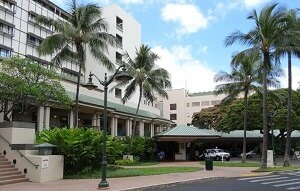
The Queen’s Medical Center (QMC), The Queen’s Health System is a nonprofit hospital with a 160-year legacy of caring for the people of Hawaii and the Pacific Basin. Located in Downtown Honolulu, Hawaii, QMC serves as the major referral center for cancer, heart disease, neuroscience, orthopedics, surgery, emergency medicine and behavioral health, and has the only organ transplantation program in the State of Hawaii. It is the largest hospital in Hawaii, licensed to operate with 505 acute care beds and 28 sub-acute beds. A major teaching hospital, Queen’s serves as a clinical training site for the residency programs of the University of Hawaii John A. Burns School of Medicine. Visit The Queen’s Medical Center website https://www.queens.org.
Kapiolani Medical Center for Women & Children – Hawaii Pacific Health

Kapiolani Medical Center for Women & Children has been dedicated to providing exceptional care for over 100 years. With more than 1,500 employees and 630 physicians, Kapiolani is a nationally recognized, not-for-profit hospital and is widely known as Hawaii’s leader in the care of women, infants and children. As a teaching hospital, Kapiolani is at the forefront of vital medical education and community health outreach programs. The hospital also participates in critical research and the development of new treatments in prenatal, neonatal, children’s and women’s medicine. It is a major teaching hospital for the John A. Burns School of Medicine at the University of Hawaii, and has assisted in training many of Hawaii’s pediatric, obstetric and gynecologic doctors, nurses and allied health professionals. Visit the Kapiolani Medical Center for Women & Children website https://www.hawaiipacifichealth.org/kapiolani.
Kaiser Permanente Hawaii
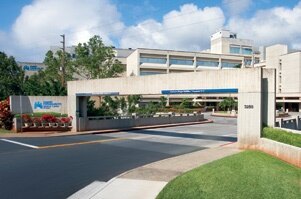
Kaiser Permanente Hawaii (KPH) Hawaii Permanente Medical Group (HPMG) represents the largest group practice in the state-with 307 physicians on staff, including 187 specialists; they represent 16 percent of the physicians in the entire state. KPH was recently awarded the National Committee for Quality Assurance award “excellent” status for demonstrating levels of service & clinical quality that meet or exceed its rigorous requirements for consumer protection and quality improvement. Visit the Kaiser Permanente website https://healthy.kaiserpermanente.org/hawaii/front-door.
Application
The application procedure usually includes these key steps:
ERAS (Electronic Residency Application Service): Utilized by most residency programs, including Hawaii Residency Programs, Inc., ERAS is the platform where you will need to register, fill out your profile, and upload your application documents.
Personal Statement: Craft a persuasive personal statement that underscores your dedication to pathology, outlines your relevant experiences, and states your professional aspirations.
Letters of Recommendation: Secure impactful recommendations from faculty, mentors, or leaders familiar with your work ethic and personal qualities.
Transcripts: Provide your medical school transcripts as part of your application.
USMLE Scores: For international medical graduates, it’s essential to submit your USMLE (United States Medical Licensing Examination) scores.
Interviews: Should your application stand out, you will be invited for interviews. This is your opportunity to demonstrate your genuine interest in pathology and discuss your qualifications in more detail.
Residents
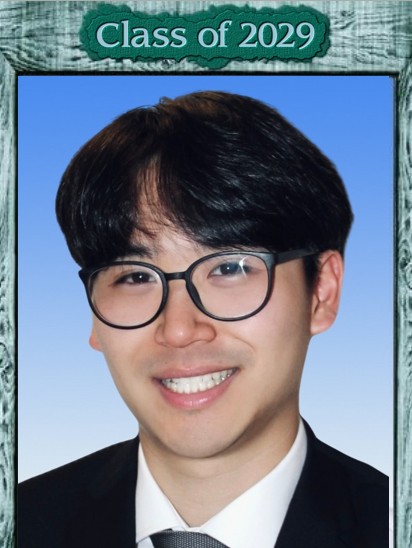
Jeffrey Hayashi, M.D. (PGY-1)
John A. Burns School of Medicine
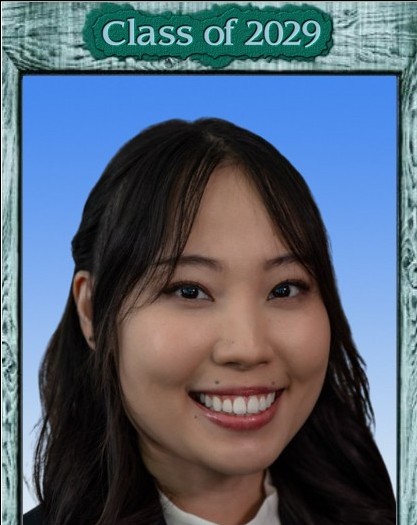
Carley Kida, M.D. (PGY-1)
John A. Burns School of Medicine
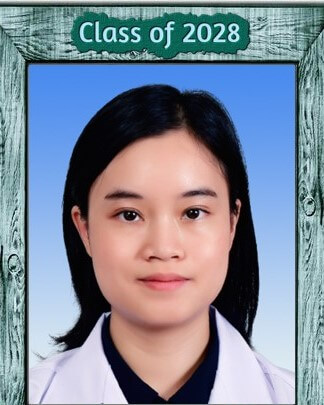
Kanokkan Saipattranusorn (“Pear”), M.D. (PGY-2)
Ramathibodi Hospital Faculty of Medicine
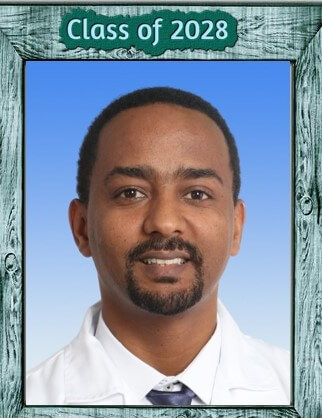
Mikiyas Negash, M.D. (PGY-2)
Jimma University College of Public Health and Medical Sciences

Geoffrey Mitchell, M.D. (PGY-3)
University of Washington School of Medicine
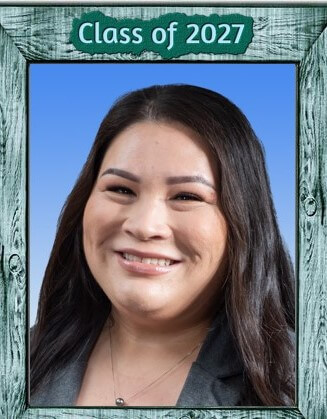
Brittany Sato, M.D. (PGY-3)
John A. Burns School of Medicine
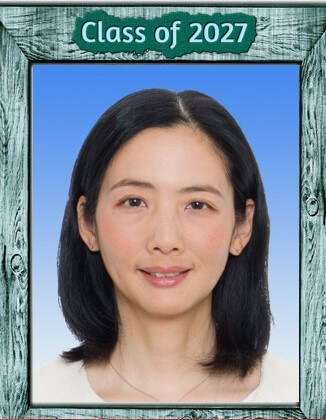
Akiko Tokunaga, M.D. (PGY-3)
Sapporo Medical University

Marc Nakashima, M.D. (PGY-4)
John A. Burns School of Medicine

Sean Saito, M.D. (PGY-4 Chief)
John A. Burns School of Medicine

Nigel Tourdot, M.D. (PGY-4 Chief)
Medical College of Wisconsin
Salary & Benefits
Contact
University of Hawaii Pathology Residency Program
1356 Lusitana Street, Suite 511
Honolulu, Hawaii 96813
(808) 586-8213
Todd Hammon
Program Administrator
Fax: 808-586-8211
E-Mail: pathres@hawaii.edu

